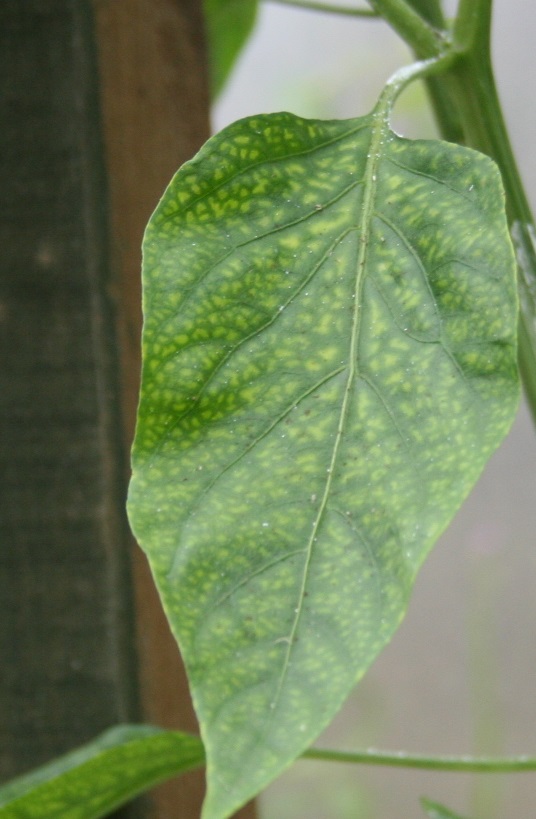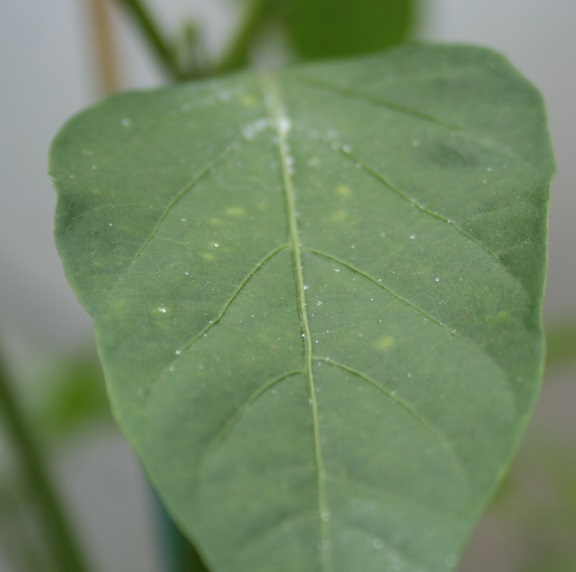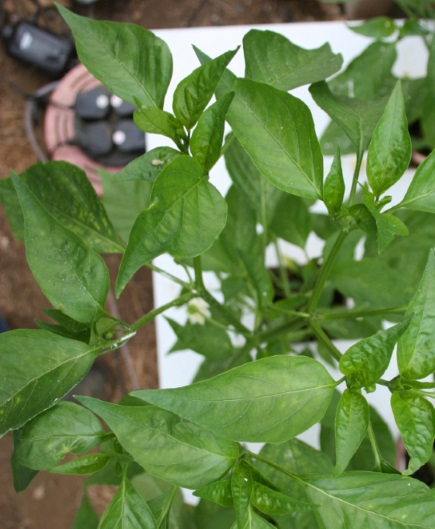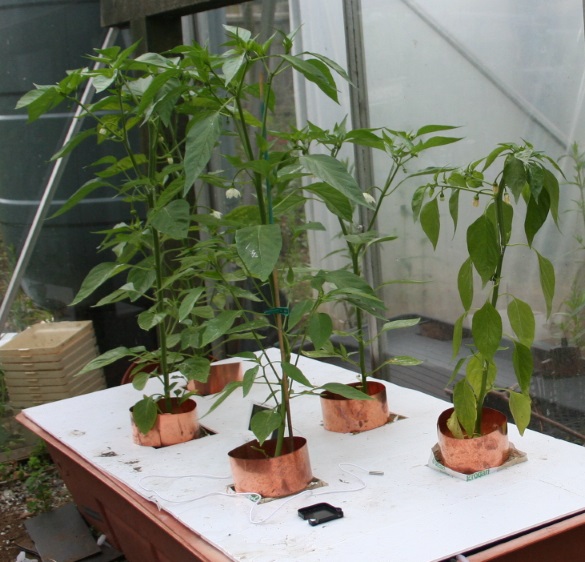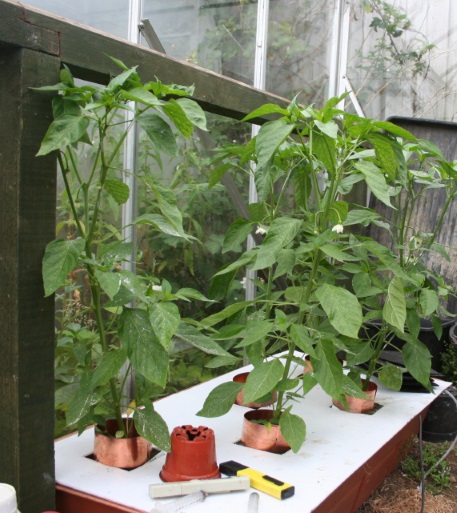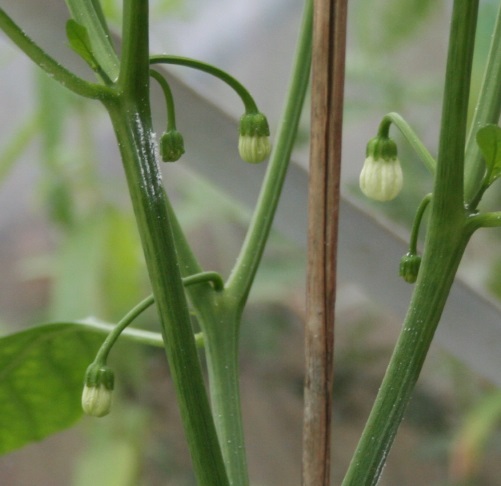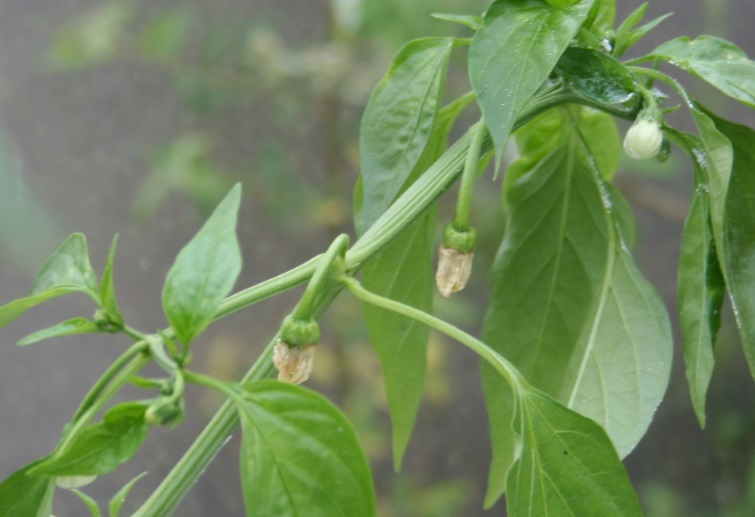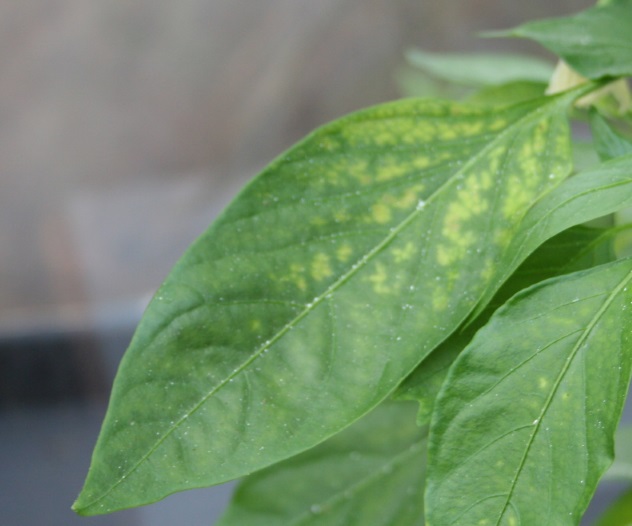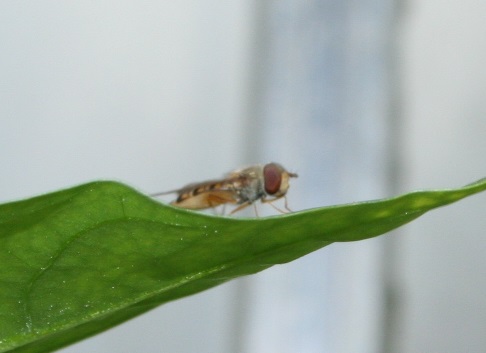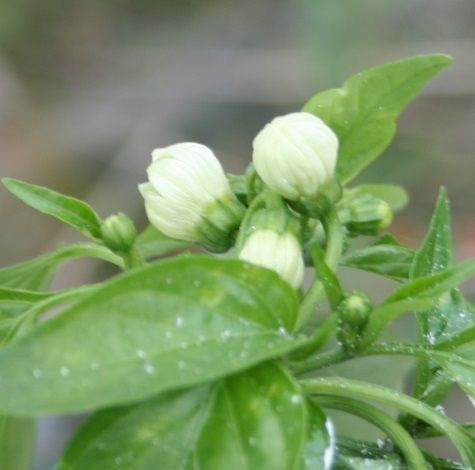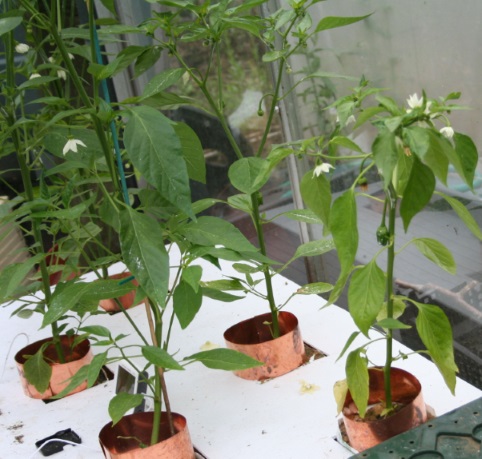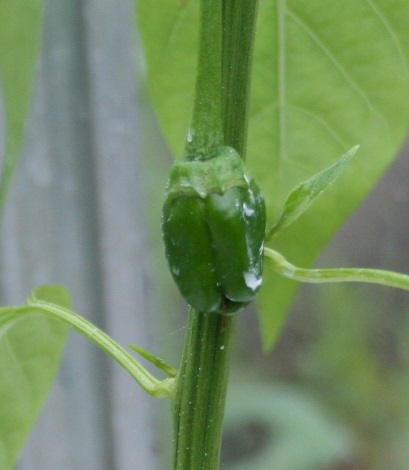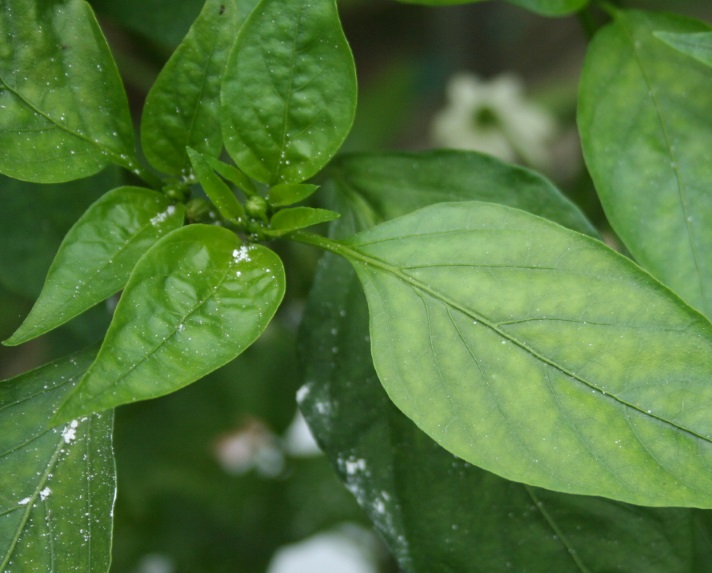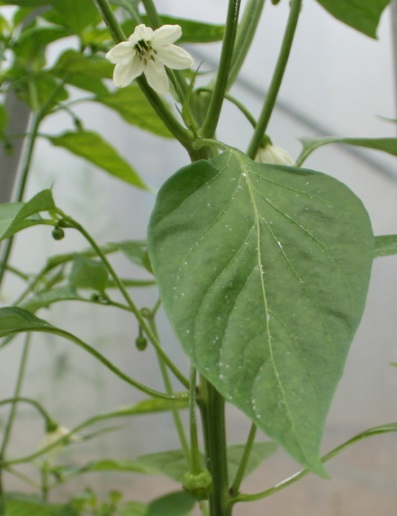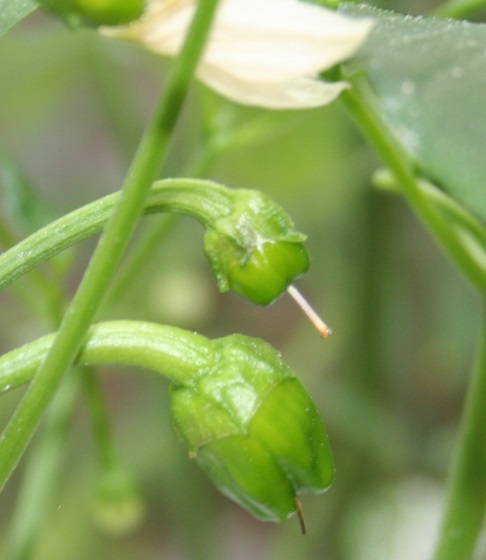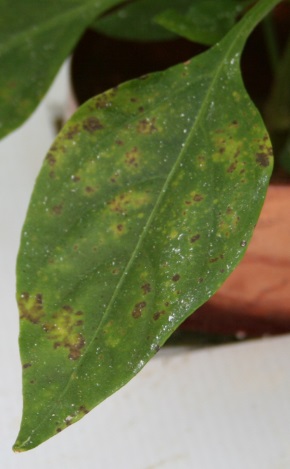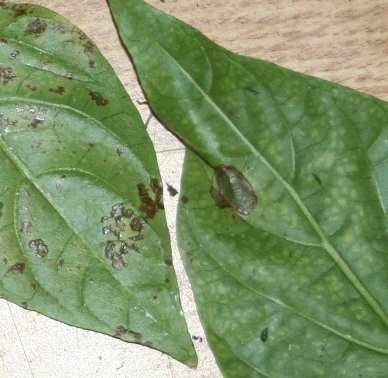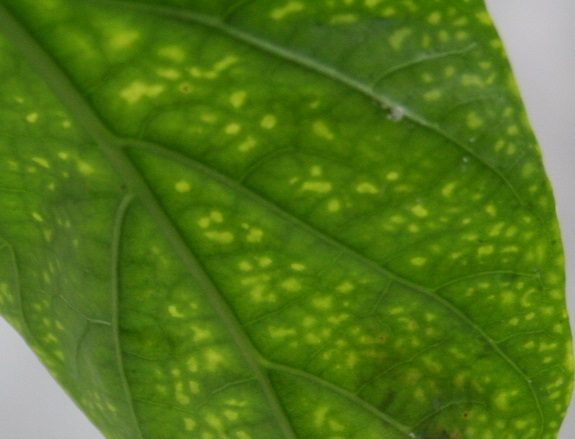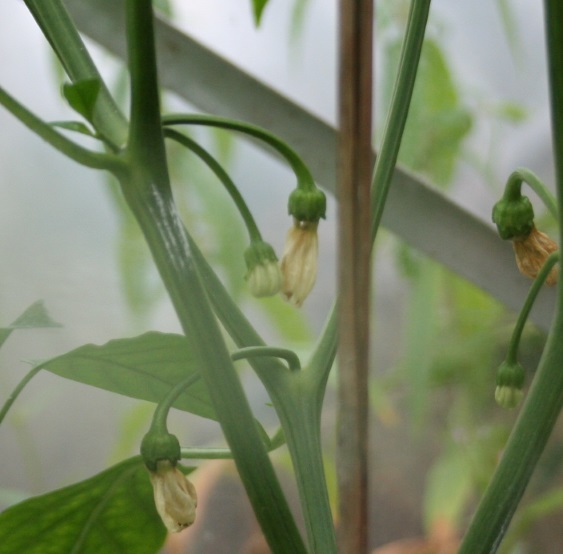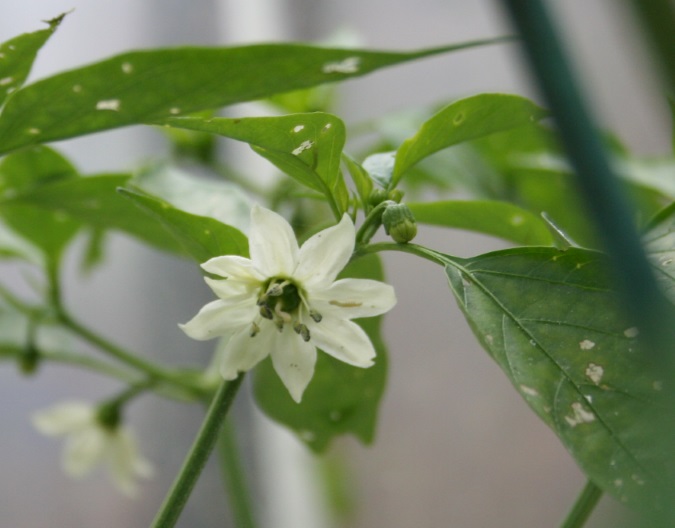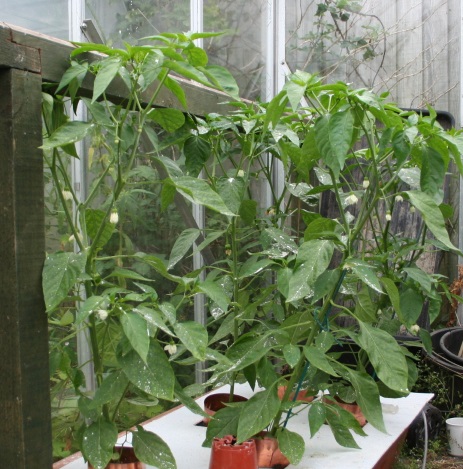- Thread starter
- #21
ajagunle
New Member
I found this on the net;
'Watering: excessive moisture causes the flower to fall. Dry conditions will intensify the piquancy of the pepper. Extreme draught exposure will turn the peppers into chillies.'
' A handfull of Padrón peppers count as one of the five recommended daily portions of fruit and vegetables. Their non-calorific value makes them an ideal snack.
Padrón peppers contain vitamins A, B1, B2, C and P, proteins, calcium and iron.'
If you haven't tried them they are simple and something different/unusual, they have become part of my family's summer ritual
'Watering: excessive moisture causes the flower to fall. Dry conditions will intensify the piquancy of the pepper. Extreme draught exposure will turn the peppers into chillies.'
' A handfull of Padrón peppers count as one of the five recommended daily portions of fruit and vegetables. Their non-calorific value makes them an ideal snack.
Padrón peppers contain vitamins A, B1, B2, C and P, proteins, calcium and iron.'
If you haven't tried them they are simple and something different/unusual, they have become part of my family's summer ritual




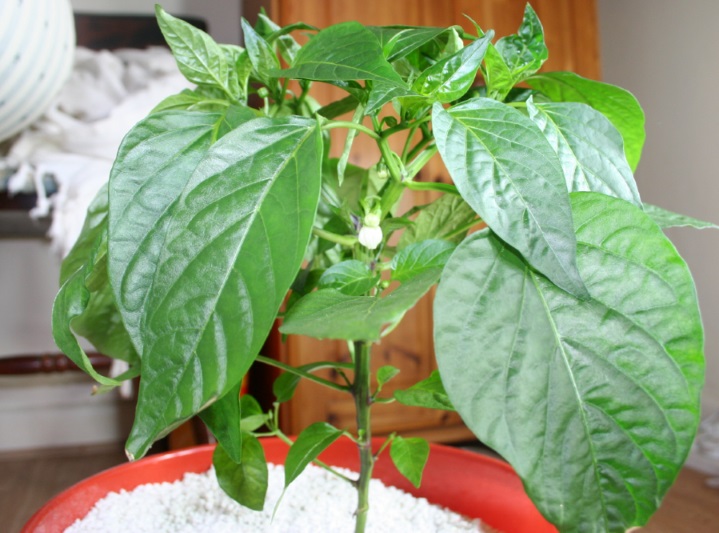
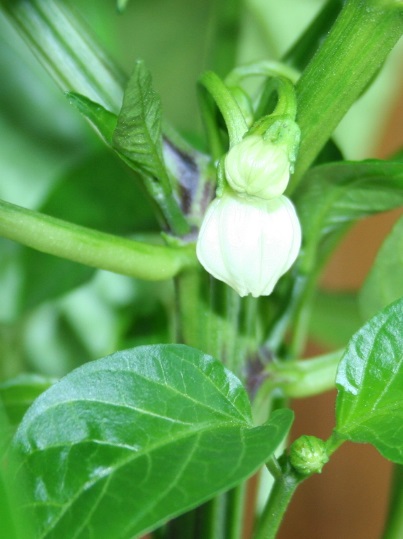


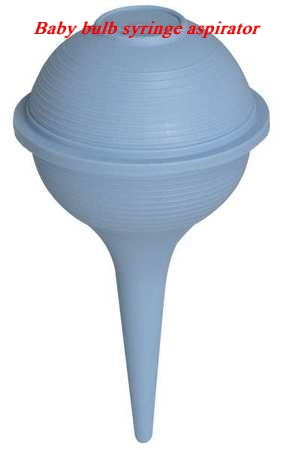
 Great minds think alike, or fools seldom differ
Great minds think alike, or fools seldom differ